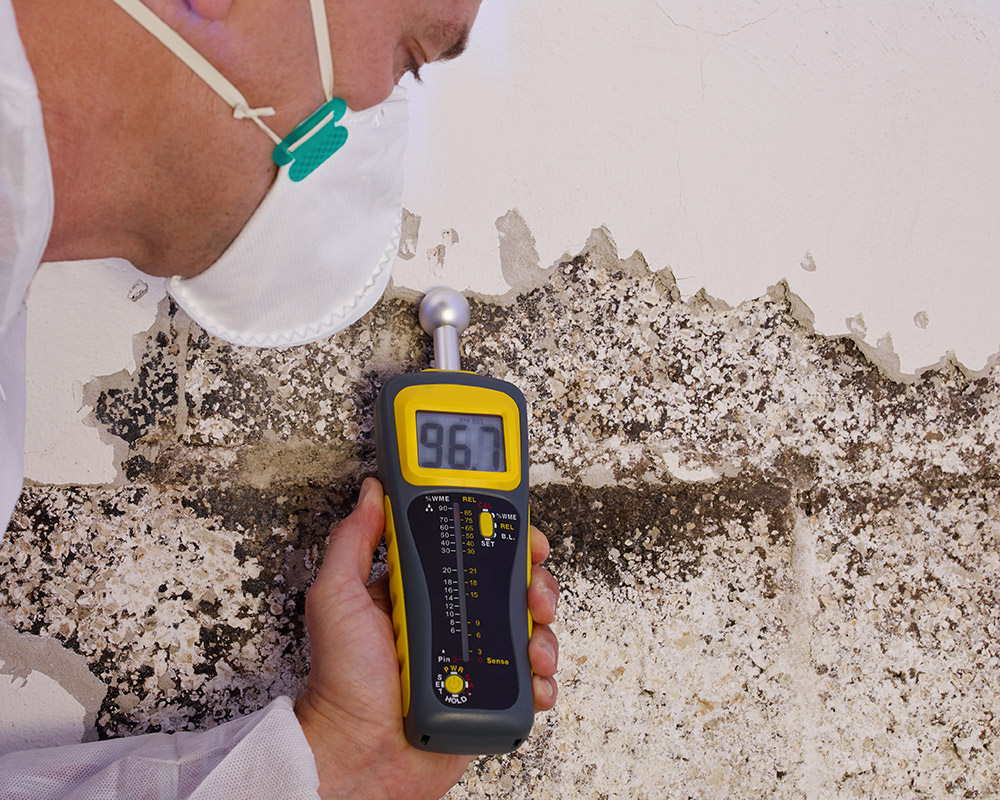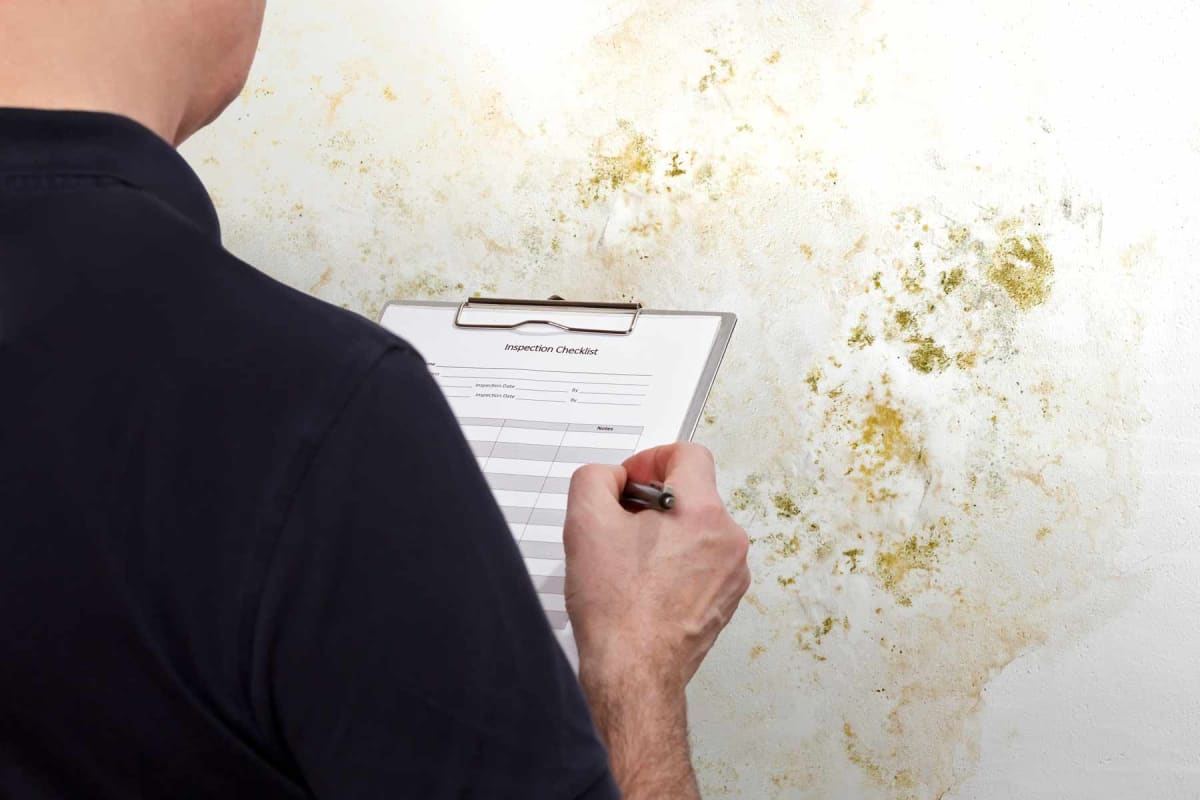Vital Actions After Mold Remediation
Wiki Article
Effective Article Mold And Mildew Remediation Solutions for Your Home
Mold and mildew development in homes can be a consistent concern, frequently requiring an organized strategy for reliable post-remediation options. From understanding the variables that contribute to mold advancement to executing correct cleansing methods and moisture control measures, the procedure can be elaborate yet vital for preserving a healthy living setting. testing air quality after mold remediation.Recognizing Mold And Mildew Growth Aspects
Mold growth is influenced by a selection of variables that are important to comprehend in order to efficiently address and prevent its spreading. Understanding these factors is necessary in implementing successful mold removal techniques. The key aspect adding to mold development is wetness. Mold and mildew spores need moisture to sprout and thrive, making wet or moist environments very susceptible to mold and mildew problems. Poor ventilation can also bring about moisture accumulation, producing an optimal breeding place for mold and mildew.
Additionally, air movement and light direct exposure can impact mold development. Areas that lack appropriate air flow and all-natural light are more susceptible to mold and mildew growth. By dealing with these elements adequately, people can effectively mitigate mold and mildew growth and safeguard their living settings.
Proper Mold And Mildew Cleansing Techniques
Using effective cleansing approaches is crucial in dealing with and avoiding the reoccurrence of mold contamination in interior atmospheres. The very first action in appropriate mold and mildew cleaning is to contain the damaged area to avoid the spread of spores to unpolluted areas.
Executing Dampness Control Steps
To effectively prevent mold growth and contamination in interior settings, executing moisture control procedures is paramount. Wetness is the primary element that gas mold growth, making it important to take care of moisture degrees within the home. One efficient action is to make use of dehumidifiers to keep interior moisture degrees below 60%. Furthermore, making certain correct air flow in areas vulnerable to moisture build-up, such as kitchen areas and bathrooms, can help reduce the threat of mold and mildew growth. Frequently examining and repairing any type of leakages in pipes, roofings, or windows is likewise crucial in avoiding excess dampness buildup. Utilizing exhaust followers while food preparation or showering, and enabling air circulation by keeping furnishings a little far from wall surfaces can aid in moisture control. Making use of moisture-resistant products in high-humidity areas, such as mold-resistant drywall and paints, can be advantageous. By vigilantly implementing these dampness control steps, house owners can efficiently reduce the chance of mold and mildew recontamination and maintain a healthy indoor atmosphere.Utilizing All-natural Remediation Solutions
After effectively carrying out wetness control actions to avoid mold and mildew growth in interior settings, house owners can currently check out the performance of natural removal services in maintaining a healthy living space. Natural removal remedies make use of ecologically friendly methods to battle mold and mildew and mildew, making them a preferred selection for those seeking non-toxic options. By including these natural remediation solutions into their cleansing regimens, home owners can efficiently deal with mold growth while promoting a healthier indoor atmosphere for themselves and their families.
Preserving a Mold-Free Setting
On a regular basis inspecting locations vulnerable to mold and mildew development, such as bathrooms, basements, kitchen areas, and attics, is important. Proper air flow remove mold mildew from wood fence in areas with high moisture degrees is likewise essential to protecting against mold growth.Additionally, maintaining tidiness in the home is crucial for mold avoidance. Maintaining interior plants in check and ensuring proper drain in outdoor landscape design can reduce wetness build-up, minimizing the chance of mold and mildew problems.
Final Thought
Finally, it is vital to deal with mold and mildew development additional info variables, utilize correct cleansing techniques, apply moisture control measures, utilize all-natural remediation options, and preserve a mold-free environment in order to effectively manage blog post mold removal in your house - Post Remediation Inspection near me. By complying with these methods, you can prevent mold from reoccuring and guarantee a healthy living atmosphere for you and your household
The key aspect adding to mold growth is moisture. Mold spores need moisture to grow and sprout, making humid or wet settings extremely prone to mold and mildew invasions.To properly protect against mold growth and contamination in indoor environments, implementing wetness control procedures is extremely important. Furthermore, guaranteeing appropriate ventilation in areas vulnerable to moisture accumulation, such as cooking areas and restrooms, can help decrease the threat of mold and mildew development.After successfully carrying out dampness control steps reference to avoid mold growth in indoor environments, home owners can now explore the performance of all-natural removal services in keeping a healthy and balanced living room.
Report this wiki page